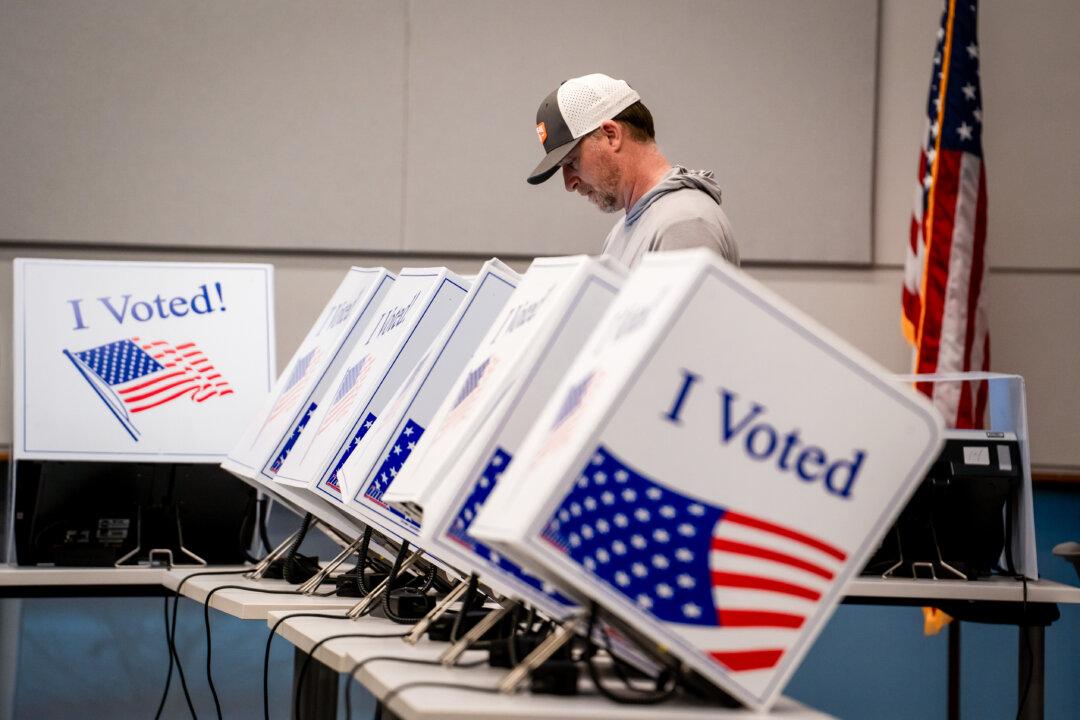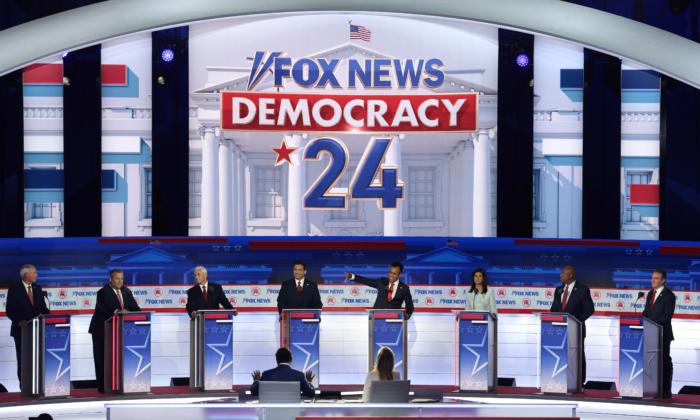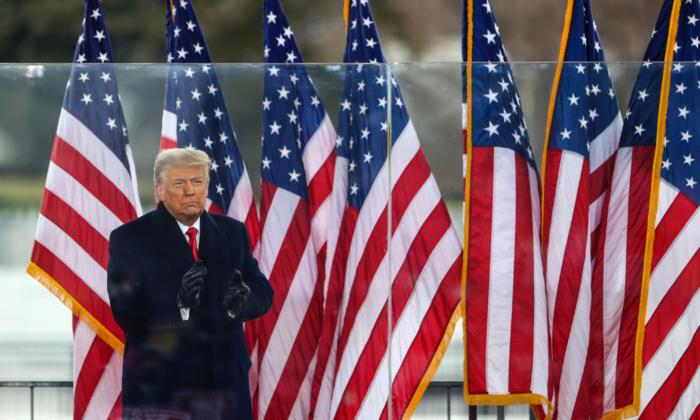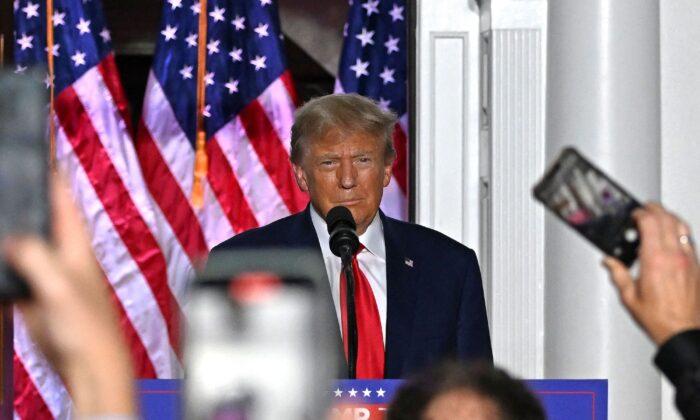When Justice Clarence Thomas took his seat on the Supreme Court in 1991, he had just barely survived a series of bitter Senate hearings on allegations of sexual harassment that divided the country.
But he said he was quickly welcomed by his eight fellow justices.
“After going through all those difficulties, the members of the court were just wonderful people to a person,” Thomas said during an appearance at the Library of Congress earlier this year. “So, the court itself is quite different from the ordeal. It’s almost the opposite of the ordeal it took to get there.”
Newly minted Justice Brett Kavanaugh will count on the same tradition of collegiality at the nation’s top court, mere days after triumphing on a 50-48 Senate vote to pass an unprecedented and bitter confirmation process.
Kavanaugh’s nomination hearings were thrown into disarray by Sen. Dianne Feinstein (D-Calif.), who withheld an accusation against Kavanaugh for weeks, presenting it only after the Senate Judiciary Committee concluded the confirmation process. Feinstein is the ranking Democrat on the panel.
As with Thomas in 1991, Kavanaugh will be joining a right-leaning court. He succeeds retired Justice Anthony Kennedy, who was often the decisive 5-4 swing vote on social issues, and consolidates conservative control of the nine-member court.
Supreme Court experts believe the justices are likely to move past any differences, as they have done in the past.
“I think the justices care very much about collegiality and not purely for the sake of collegiality. They think it’s important for people who disagree with each other to work together,” said Carolyn Shapiro, who served as a law clerk for Justice Stephen Breyer.
The liberal justices—Breyer, Ruth Bader Ginsburg, Elena Kagan and Sonia Sotomayor—need to seek support from at least one conservative in ideologically divisive cases, so they have a strong incentive to not alienate the new arrival, court experts said.
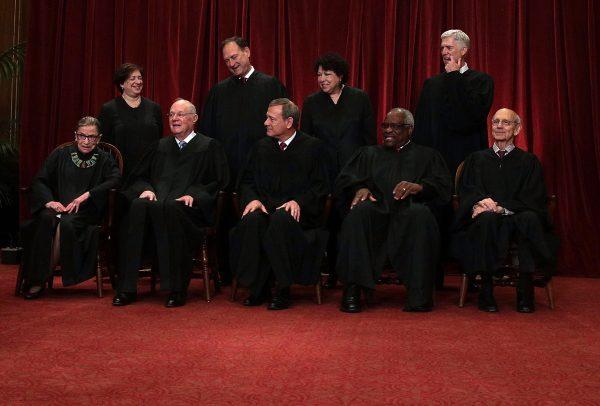
Kagan, known for her strategic nous, has an existing relationship with Kavanaugh. In her former role as dean of Harvard Law School, she hired Kavanaugh to teach there.
“She is practical enough that she is going to put that behind her and have the best relationship she can with someone she is going to have to put up with for 30 years,” said one Washington lawyer, who declined to be identified because he argues cases before the court.
“The bigger question is Sotomayor and Ginsburg,” the lawyer added.
Sotomayor has stressed the importance of collegiality, recounting at a 2016 event how the justices often eat together after oral arguments.
“There is no topic that’s off-limits. But we try to avoid controversy, so we’re very guarded about raising topics that we think might create hostility in the room,” she said.
Ginsburg was herself famously close friends with the late conservative Justice Antonin Scalia, with the two bonding over a shared love of opera, despite their ideological differences.
Thomas is seen as a popular figure among the other justices. Kavanaugh has been seen as a calm, easy-going judge on the federal appeals court in Washington. He is also a self-declared fan of sports and beer.
During his 12 years on the federal appeals court, Democrat-appointed judges were as likely to join Kavanaugh’s opinions as their Republican-appointed colleagues, Grassley said shortly before the Senate voted to confirm Kavanaugh.
“He will bridge the divide on the Supreme Court,” Grassley added.

